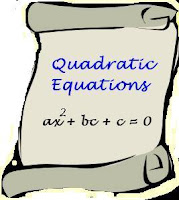Numbers Quiz
(CTET/Class6/Class7/Class 8)
Q1: 2, 4, 6, 8, 10 ... are
(a) prime numbers
(b) even numbers
(c) odd numbers
(d) none of these
Q2: The roman number CD in decimal form is
(a) 100
(b) 500
(c) 400
(d) 0
Blog provides NCERT solutions, CBSE, NTSE, Olympiad study material, model test papers, important Questions and Answers asked in CBSE examinations. References to Educational Sites and resources.






 |
| Weather Applet on your smartphone. Can you identify weather icons? |

Please turn off the ad blocker. This is only way that we can earn some penny. Please support us by trun off the ad blocker.
Thank you!!